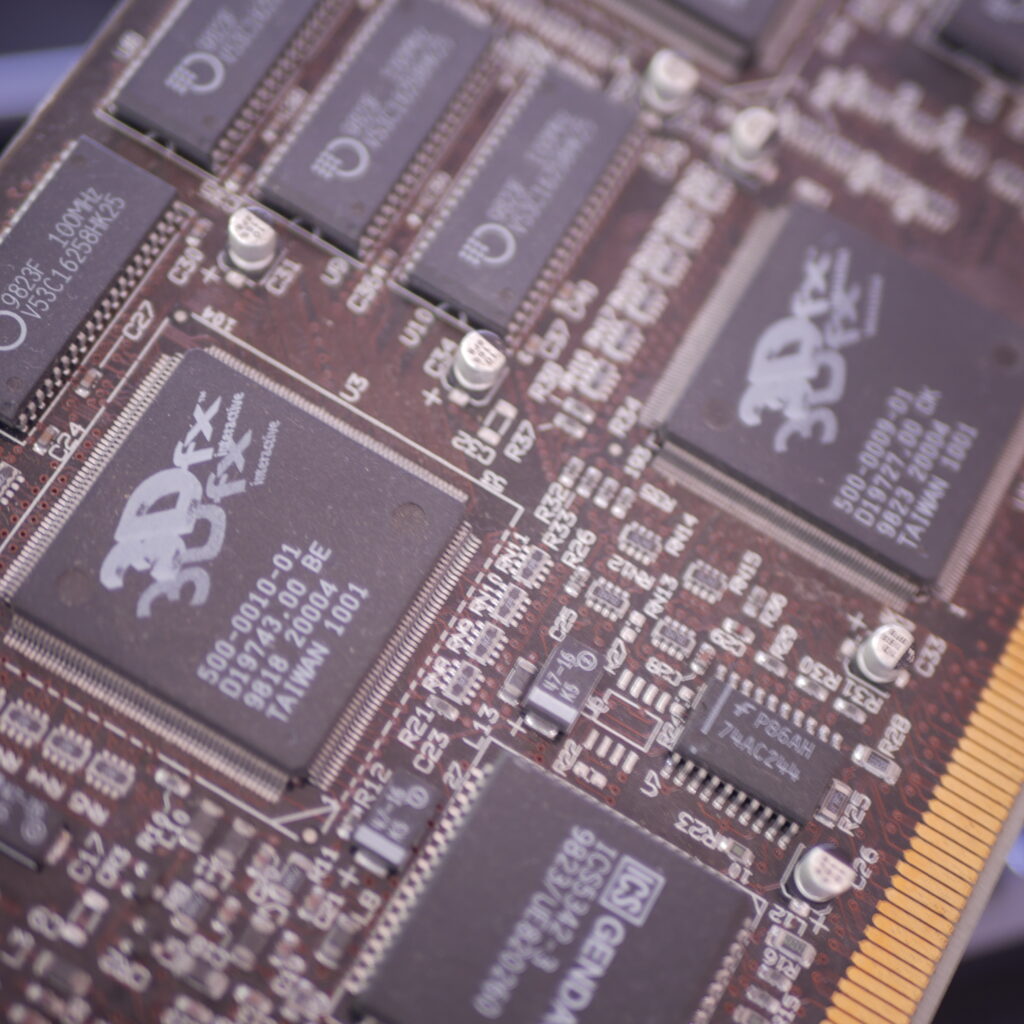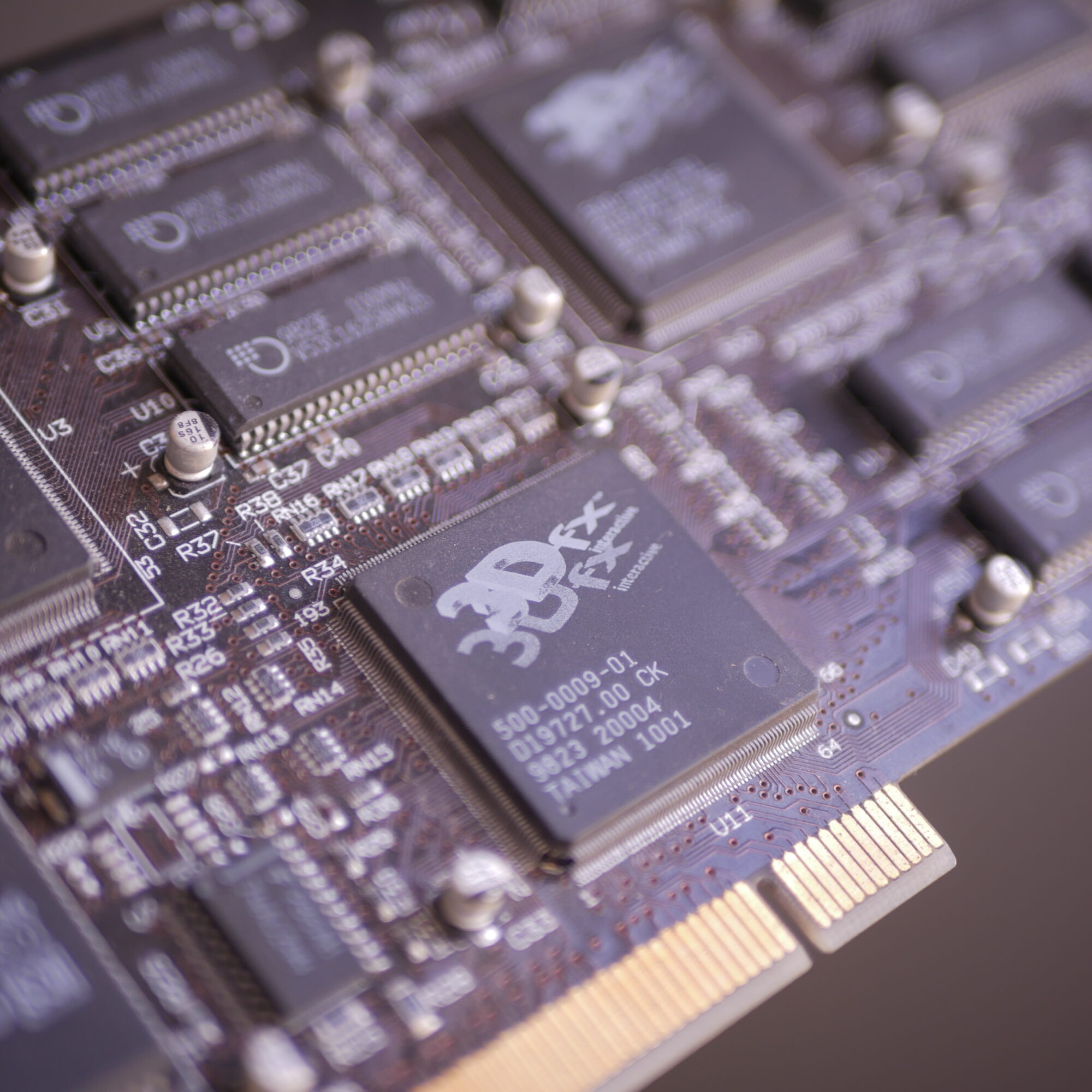The year was 1998, six years before Facebook existed, twelve years before Instagram. The world was different back then goes without saying. The internet existed, but not as wide spread, and most consumers were using a dial up modem to get on the internet. Mobile phones existed, yet picking up the telephone and saying hello was still a cultural norm.
May sound like a world merely coming to grasp with what we consider everyday tech today, and you would be right to think so. Despite that, there was a healthy competition in the world of IT. There were number of different CPU manufacturers, and more so in the realm of graphics cards. It was around those times where the concept of ‘more horsepower under the hood of your desktop computer the better’ concept was gaining popularity. Don’t get me wrong, making a souped up home computer existed even before that, but the landscape was changing.

So why am I singling out the year of 1998. Whats so special about it. Well, just the year before Tomb Raider 2 and Quake 2 was released. Massive hits of the time, and people were impressed with how realistic graphics has gotten. Ya, most of you would chuckle at that, but those were the best we had seen at the time. And then in 1998 the followup Tomb Raider 3 was released and also Half Life. The tech at the time was barely able to push the titles from last year to max and with the newer titles on hand what were we to do.
The graphics card manufacturers were not sitting idle either. nVidia released Riva TNT, there was ATI Rage 128 among other manufacturers like Matrox, S3, 3D Labs and so forth. It was a vibrant mix. And with newer releases of hardware we could push the games to higher settings. And thus the tug of war of graphics cards vs game titles kind of started oscillating.
Then something happened that people thought were totally bonkus. 3Dfx released Voodoo2. A stand alone card that sits idle until you start your game. The card takes over the dedicated graphics card and delivers the visual glory. But wait there is more. You could take two of these babies and SLI them. MIND BLOWN. It costed twice as much as an average gaming video card of the time and yet, those who could afford it did grab two for the bragging rights alone, because it was a total overkill (for an amount of time that is). This was the birth of SLI, which later nVidia acquired.
So, while all this was happening, where was Intel in all this. Wouldn’t it have been good to get in the market back then to stake a claim on the slice of the pie of the graphics card market.
Well actually Intel did try its hands on making graphics cards. And it was in this very year, 1998, they released the i740. There were some promising developments that Intel touted with the card, in hopes to promote the AGP interface. Unfortunately due to some design flaws the prowess of the chip was bottle necked and any advantage were lost. I remember the card to be a good performer for the money, yes I had the great fortune to be a tech back then and I was able to play with all these gaming goodness. However, the card itself in a race could not keep up with the performance of existing old products such as 3Dfx Voodoo or nVidia Riva 128. And the subsequent releases by 3Dfx and nVidia wiped out Intel from this race.
The lessons learnt from this exercise was not lost. Intel continued to make GPUs that were integrated with either CPU or the motherboard. There are a mountain of forgotten Laptops and old black and beige office desktops that went about their daily job just as enthusiastically as their white collared office person.
If it was not for one design oversight (AGP Texture concept), Intel could have gotten the edge and the world of graphics processing could have been different today. AMD bought out ATi and nVidia bought out 3Dfx and the number of manufactures kept reducing over the years. And now we are left with team Red and Green.
The rest as they say, is history.
P.S. 1998 was a special year indeed. A while back I made a video talking about the games of 1998 which may entertain you:

